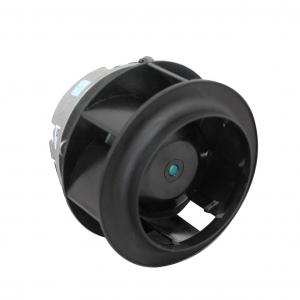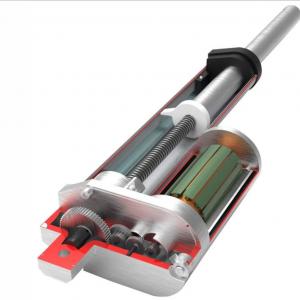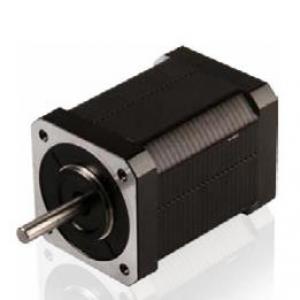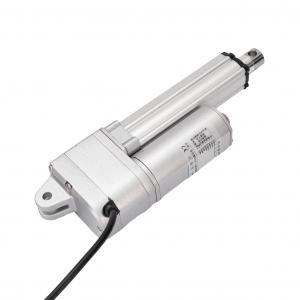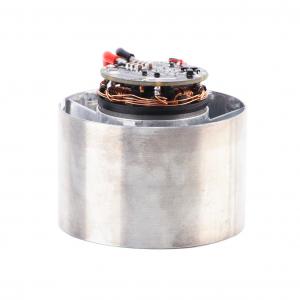How to Make a High-Speed Brushless Motor
How to Make a High-Speed Brushless Motor
Brushless DC motors (BLDC) are widely used in drones, electric vehicles, CNC machines, and many other applications requiring high efficiency, high power-to-weight ratio, and low maintenance. Building a high-speed brushless motor requires precision in design, material selection, winding techniques, and balance. This guide walks through the core steps and key considerations.
1. Understand the Basic Structure
A brushless DC motor consists of:
-
Stator (stationary part): Contains copper windings.
-
Rotor (rotating part): Contains permanent magnets.
-
Electronic speed controller (ESC): Powers and controls the motor by switching currents through the stator windings.
For high-speed motors, achieving optimal electromagnetic design and mechanical strength is critical.
2. Choose the Right Materials
| Component | Recommended Material |
|---|---|
| Stator Core | Laminated silicon steel (0.2–0.35mm thick) |
| Windings | High-temperature enameled copper wire |
| Rotor Magnets | Neodymium (NdFeB) magnets (Grade N35–N52) |
| Shaft/Bearings | Stainless steel shaft with ball bearings |
| Housing | Lightweight aluminum or composite |
Use materials with high thermal stability and low magnetic losses to handle high RPMs.
3. Design Parameters for High Speed
-
Pole count: Fewer poles allow higher speeds (2–4 poles are typical for >20,000 RPM).
-
Kv rating: Target a high Kv (RPM per volt) if you want speed over torque.
-
Rotor balancing: At high RPMs, even slight imbalances cause vibration and bearing wear.
-
Winding configuration: Star (Y) or Delta (Δ) winding affects speed and torque. Delta is usually faster.
4. Motor Winding Process
-
Determine winding turns using motor design equations:
Kv=RPMVolt=60⋅Vdc2π⋅P⋅Φ\text{Kv} = \frac{RPM}{Volt} = \frac{60 \cdot V_{dc}}{2 \pi \cdot P \cdot \Phi}Where PP is pole pairs, and Φ\Phi is the magnetic flux.
-
Wind the stator: Carefully wind enamel-coated copper wire around stator teeth.
-
Secure and insulate: Use epoxy or varnish to fix and insulate the windings.
-
Ensure phase balance: All three phases must have identical resistance and inductance.
5. Rotor Construction
-
Mount neodymium magnets evenly around the rotor with correct polarity.
-
Apply strong adhesive and retain with a sleeve if needed (especially at >30,000 RPM).
-
Use a lathe or balancing machine to ensure rotor balance.
6. Assembly
-
Insert rotor into stator carefully without damaging windings.
-
Install bearings and shaft to allow smooth rotation.
-
Connect the ESC: Match it with motor parameters (voltage, current, timing).
-
Test with a low-voltage power supply before full-speed operation.
7. Cooling and Safety
High-speed motors generate more heat. Consider:
-
Active air or liquid cooling.
-
Temperature sensors on windings.
-
High-speed-rated bearings with proper lubrication.
8. Testing and Tuning
Use:
-
Tachometer to measure RPM.
-
Oscilloscope to observe ESC signals.
-
Thermal camera to detect hot spots.
-
Adjust timing advance in ESC for better efficiency and speed.
Conclusion
Building a high-speed brushless motor is a complex yet rewarding task requiring mechanical precision and electrical expertise. Proper design, material selection, and balancing techniques are key to achieving reliable and high-performance results. Whether you're prototyping for drones, RC cars, or industrial tools, mastering these steps will put you on the path to high-speed success.
